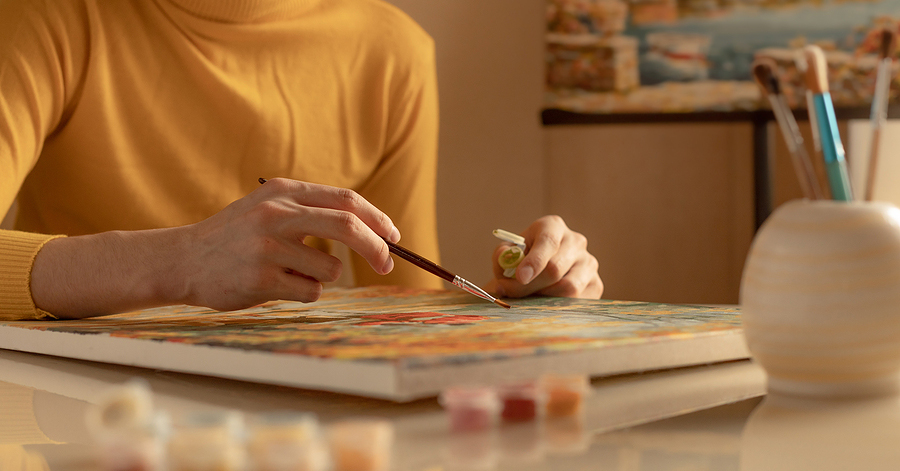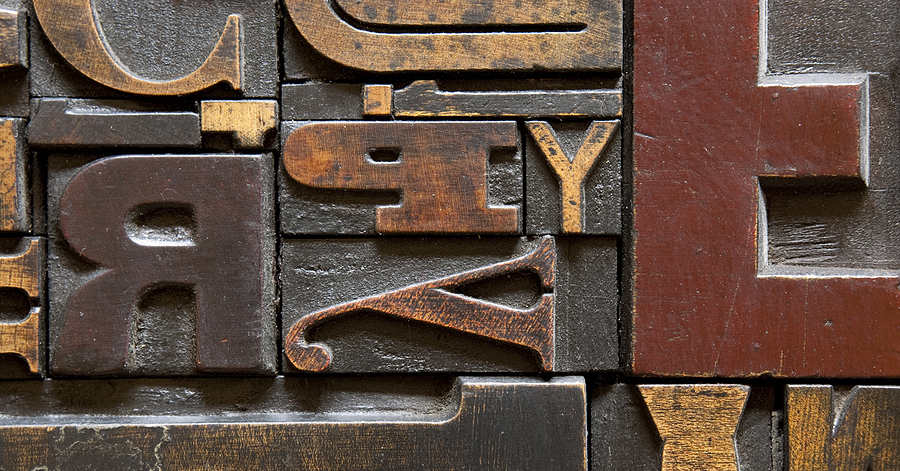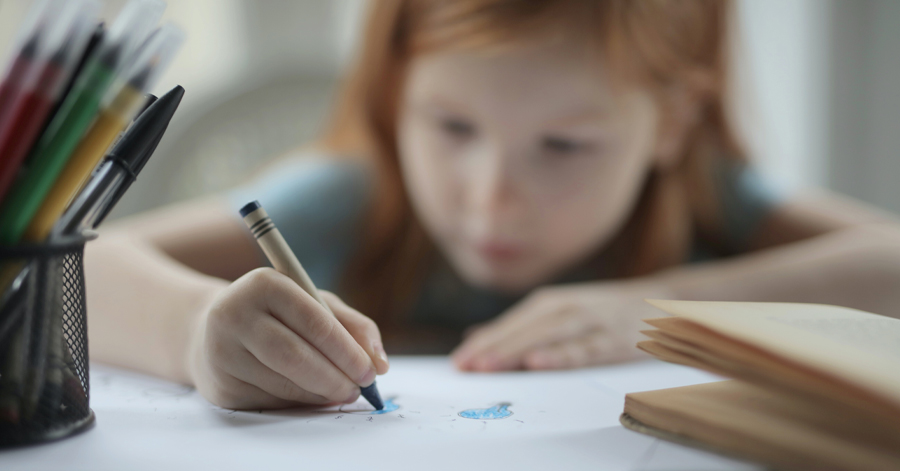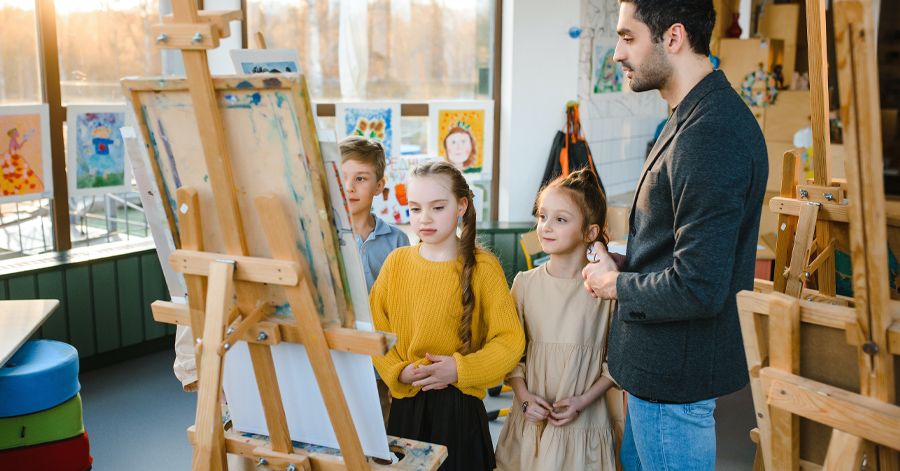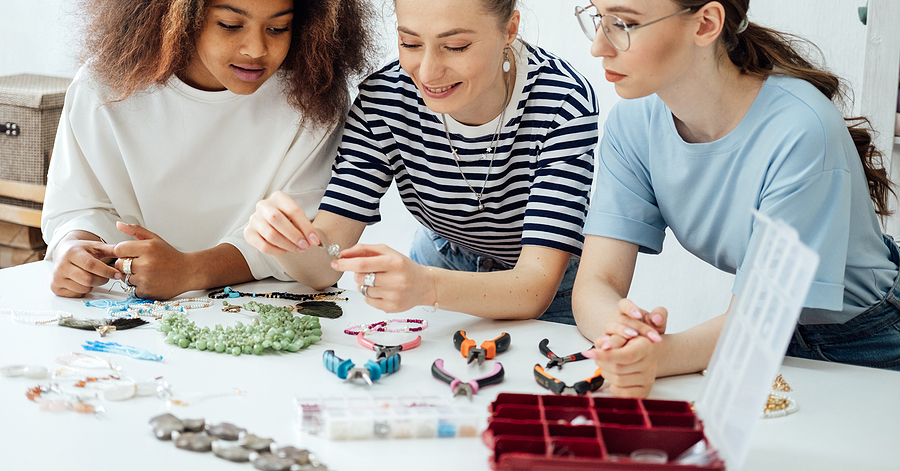East End Arts is a cherished local non-profit community organization known for its Art and Music School, galleries, community events, open artist studios, and more. Today, we invite you to dive into the transformative world of summer art camps for kids.
Under the warm summer sun, children immerse themselves in a vibrant blend of creativity and learning that helps cultivate their imaginative powers.
The Importance of Art for Child Development
Art isn’t just about painting pictures or crafting sculptures; it plays an essential role in children’s development. East End Arts’ summer art camps are specially designed to nurture the young minds of our community.
Encouraging Creativity and Imagination
Our art camps offer children a broad range of artistic experiences. From visual arts like painting, drawing, sculpting, and craft activities to exploring music through singing, dancing, and experimenting with different instruments. Each week’s activities revolve around a highly acclaimed children’s book, fostering children’s imagination while enhancing their creative problem-solving skills.
Building Social Skills
Our summer art camps serve as a creative platform for children to build friendships and develop social skills. The communal nature of these camps encourages children to work together, learn from each other, and appreciate their peers’ unique perspectives.
Boosting Self-Esteem and Confidence
Completing an art project can instill a sense of achievement and boost a child’s self-esteem. Whether they are painting portraits, drawing landscapes, or crafting sculptures, children take immense pride in their creations. This appreciation can translate into an increased level of confidence in their abilities, not just in art, but in other areas of life as well.
Overview of East End Arts Summer Camp Programs
At East End Arts, we offer a variety of fun and educational full-day art camps for children between the ages of 5 and 14 and half-day camps for ages 5 – 10. Each camp is tailored to its respective age group, ensuring an enriching and suitable experience for every child.
Age Groups and Program Diversity
For our younger artists aged 5 to 10, we recommend the Camp C.I.A (Create – Interpret – Ask). This immersive summer arts program is designed to introduce your child to a plethora of artistic experiences while enhancing their creative problem-solving skills.
For children aged 10 – 14, the Summer Fine Art Camps offer a week of creativity and foundation building, engaging them in fun projects while teaching them new methods and techniques of drawing, mixed media, sculpture, and painting.
Accessibility and Inclusivity at Our Camps
We believe that art should be accessible to all children, regardless of ability or socioeconomic status. We offer a limited number of partial scholarships based on financial need. Additionally, early morning and after-care hours are available to accommodate different work schedules.
A Day in the Life at East End Arts Summer Camps
Children at our camps are immersed in two vibrant half-day sessions – one in the morning and another in the afternoon. The morning session is dedicated to visual arts, allowing children to experiment with various mediums like painting, drawing, or sculpting. The afternoon is filled with music and theater activities, letting the kids express themselves in rhythm, movement, and dramatized storytelling.
Each week of the camp culminates in a unique art show, akin to a gallery show for the kids. It’s a platform for them to proudly display their creations, reflecting their artistic journey throughout the week. These art shows instill a sense of accomplishment in our young artists, fostering their love for creativity and enhancing their appreciation of art.
Preparing Your Child for Summer Art Camp
When preparing your child for a summer art camp, it’s essential to set expectations, pack the right supplies, and understand our health and safety measures. Ensure your child brings an insulated container with snacks and lunch daily, and don’t forget to complete the necessary Camp Registration form – it’s a crucial step in the process!
How to Register for Summer Art Camps
Registering for our summer art camps is a straightforward process that can be completed online. East End Arts offers a 10% discount for each additional child registered. Just visit our website, select the camp of your choice, and fill out the registration form. It’s as simple as that!
Conclusion
Summer art camps for kids at East End Arts offer children an immersive, creative experience that can significantly impact their development. So why wait? Register your child for the upcoming summer art camp at East End Arts and let their imagination flourish under the sun!


